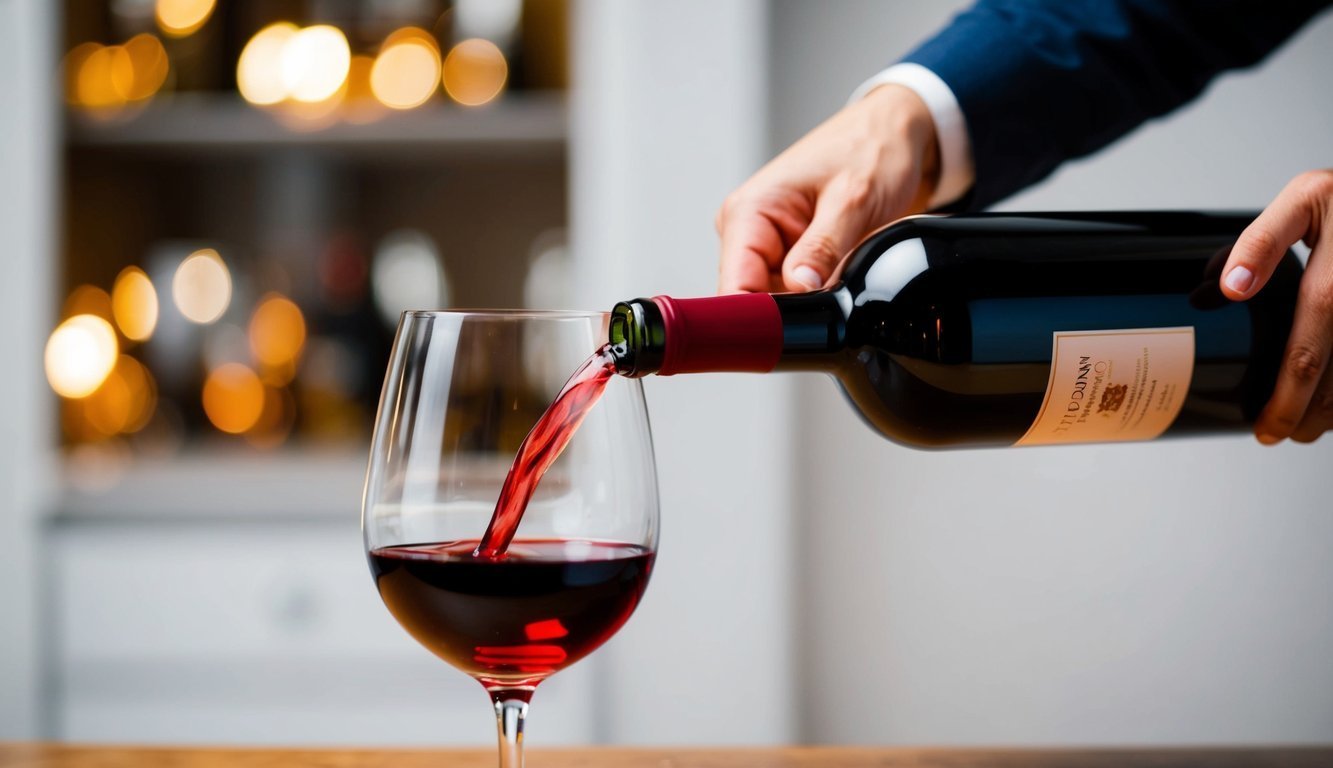Wine can be intimidating, especially when you’re just starting to explore the world of reds, whites, and bubblies.
There’s so much to learn about different varietals, regions, and proper etiquette.
It’s easy to feel overwhelmed and worry about making a faux pas that exposes you as a novice.
But don’t stress! With a few key tips, you can navigate wine tastings and dinner parties like a pro. Learning some basic rules of wine etiquette will boost your confidence and help you fully enjoy and appreciate what’s in your glass.
Let’s uncover some little-known wine guidelines that can instantly elevate your wine game.
1) Don’t swirl Champagne—keeps the bubbles intact
You might be tempted to swirl your Champagne glass like you would with still wine, but resist the urge.
Swirling Champagne can actually diminish its quality and enjoyment.
The bubbles in Champagne are a crucial part of the experience.
They carry aromas to your nose and create that delightful fizzy sensation on your tongue.
When you swirl, you’re releasing those bubbles prematurely.
Let the bubbles do the work for you.
As they rise to the surface, they naturally release the wine’s aromas.
This process happens continuously, ensuring a steady stream of scents for you to enjoy.
Swirling also creates foam, which can interfere with your ability to appreciate the wine’s true characteristics.
It speeds up the release of carbon dioxide, potentially leaving your Champagne flat more quickly.
Instead of swirling, simply lift the glass to your nose and take a gentle sniff.
You’ll get all the aromatic benefits without compromising the bubbles or the wine’s integrity.
2) Serve white wine chilled, but not ice-cold
White wine is best served chilled, but many people make the mistake of serving it too cold.
Straight from the fridge isn’t ideal, as extreme cold can mute flavors and aromas.
The perfect temperature for most white wines is between 45-55°F (7-13°C).
This range allows the wine’s subtle notes to shine through while still providing a refreshing sip.
To achieve this, take your white wine out of the fridge about 15-20 minutes before serving.
If you’re in a hurry, you can chill it quickly by placing it in an ice bucket with water and ice for about 10 minutes.
Different white wines have slightly different ideal serving temperatures.
Lighter whites like Sauvignon Blanc are best a bit cooler, while fuller-bodied whites like Chardonnay can be served slightly warmer.
Remember, as the wine sits out, it will gradually warm up.
You can always pop it back in the fridge for a few minutes if needed.
The goal is to enjoy the wine’s full flavor profile, so trust your palate and adjust accordingly.
3) Red wines should breathe—give them time to open up
You’ve probably heard someone say red wine needs to “breathe” before drinking.
There’s truth to this advice, and ignoring it could make you seem like a wine rookie.
When you open a bottle of red, especially a young or tannic one, it benefits from exposure to air.
This process, called aeration, helps soften the flavors and release the aromas.
You can let a wine breathe by simply uncorking the bottle.
But this method is slow, as only a small amount of wine is exposed to air.
For faster results, try pouring the wine into a decanter or swirling it in your glass.
Most red wines improve with 10-20 minutes of air contact.
Bolder, younger reds may need up to an hour.
Taste the wine at different intervals to find its sweet spot.
Remember, not all wines need to breathe.
Older, more delicate reds can lose their character if exposed to air for too long.
When in doubt, a quick swirl in the glass is usually enough to enhance your wine experience.
4) Hold the glass by the stem to avoid warming the wine
You might think it’s no big deal, but how you hold your wine glass can actually make a difference.
The proper way is to grip the stem, not the bowl.
Why does this matter? Your hands are warm, and that warmth can transfer to the wine if you’re cupping the bowl.
This can alter the wine’s temperature, which in turn affects its taste and aroma.
Holding the stem keeps your body heat away from the wine, maintaining its ideal serving temperature.
This is especially important for white wines and sparkling wines, which are best enjoyed chilled.
There’s another benefit to stem-holding: it keeps the glass free of unsightly fingerprints.
This lets you fully appreciate the wine’s color and clarity without smudges getting in the way.
So next time you’re at a wine tasting or fancy dinner, remember to pinch that stem.
It’s a simple move that shows you know your stuff when it comes to wine etiquette.
5) Match wine with the dish, not the sauce
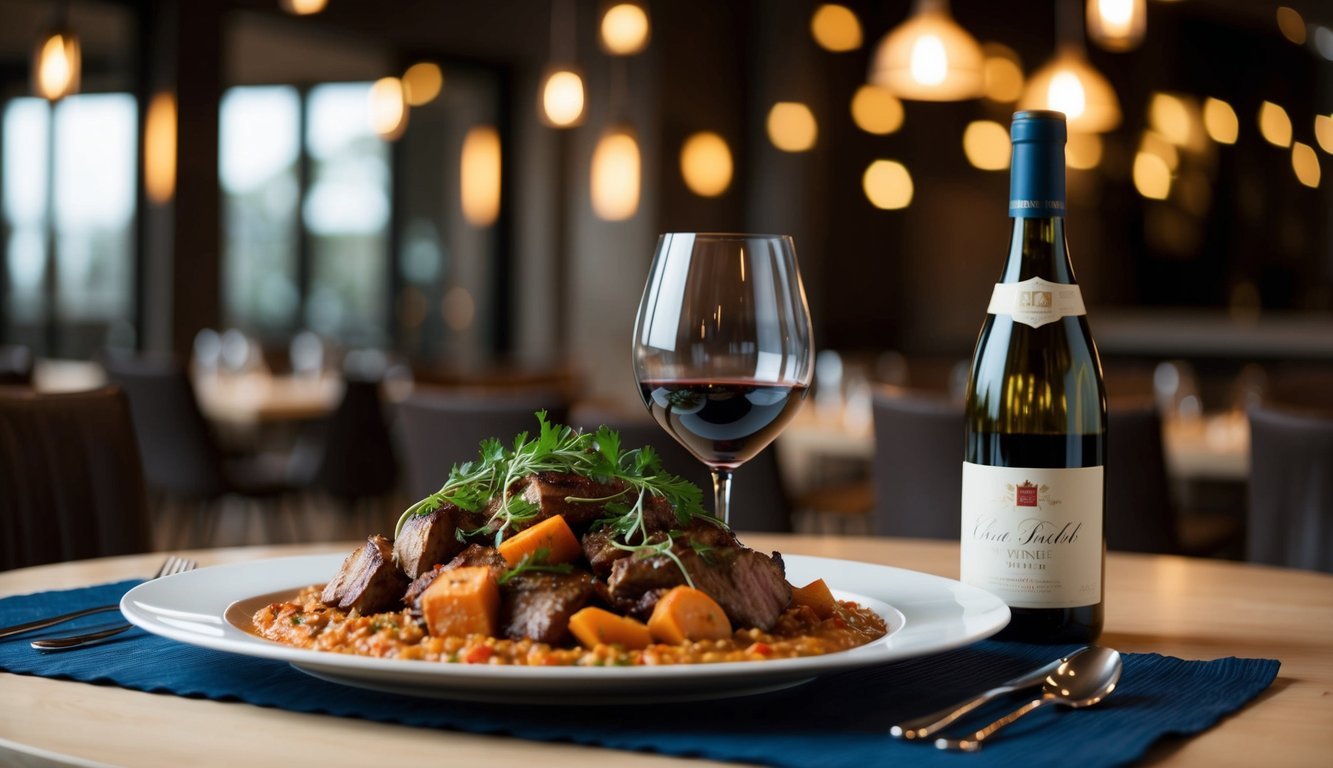
When pairing wine, focus on the main component of the dish rather than the sauce.
This approach ensures a better overall match and enhances your dining experience.
Consider the primary protein or vegetable on your plate.
For instance, if you’re having fish with a creamy sauce, choose a wine that complements the fish itself.
White wines often pair well with lighter meats like chicken or fish.
Red wines typically suit heartier meats such as beef or lamb.
However, these are not strict rules, and exceptions exist.
Remember that the sauce can influence your choice, but it shouldn’t be the deciding factor.
A rich sauce might call for a wine with more body, while a light sauce allows for a more delicate wine.
Trust your palate and don’t be afraid to experiment.
You might discover unexpected pairings that delight your taste buds.
The goal is to find harmony between the wine and the main elements of your meal.
6) Use the right wine glasses for different types
Did you know that using the wrong glass for your wine can make you look like a total novice? It’s true! While it might seem fussy, there’s actually a reason behind all those different glass shapes.
Each type of wine glass is designed to enhance the flavors and aromas of specific wines.
For red wines, you’ll want a glass with a wider bowl to allow the wine to breathe and release its complex aromas.
Cabernet Sauvignon glasses are typically the tallest, with a large bowl perfect for bold reds.
For white wines, opt for glasses with narrower bowls to preserve the delicate aromas and maintain a cooler temperature.
If you’re sipping on some bubbly, reach for a tall, narrow flute.
This shape helps maintain the carbonation and allows you to admire those beautiful bubbles.
Don’t forget about dessert wines! These sweet sippers are best enjoyed in small, specially designed glasses that help concentrate the intense aromas.
While you don’t need a different glass for every single wine variety, having a few key types on hand will definitely up your wine game.
Your guests will be impressed by your knowledge and attention to detail.
7) Decant older wines to remove sediment
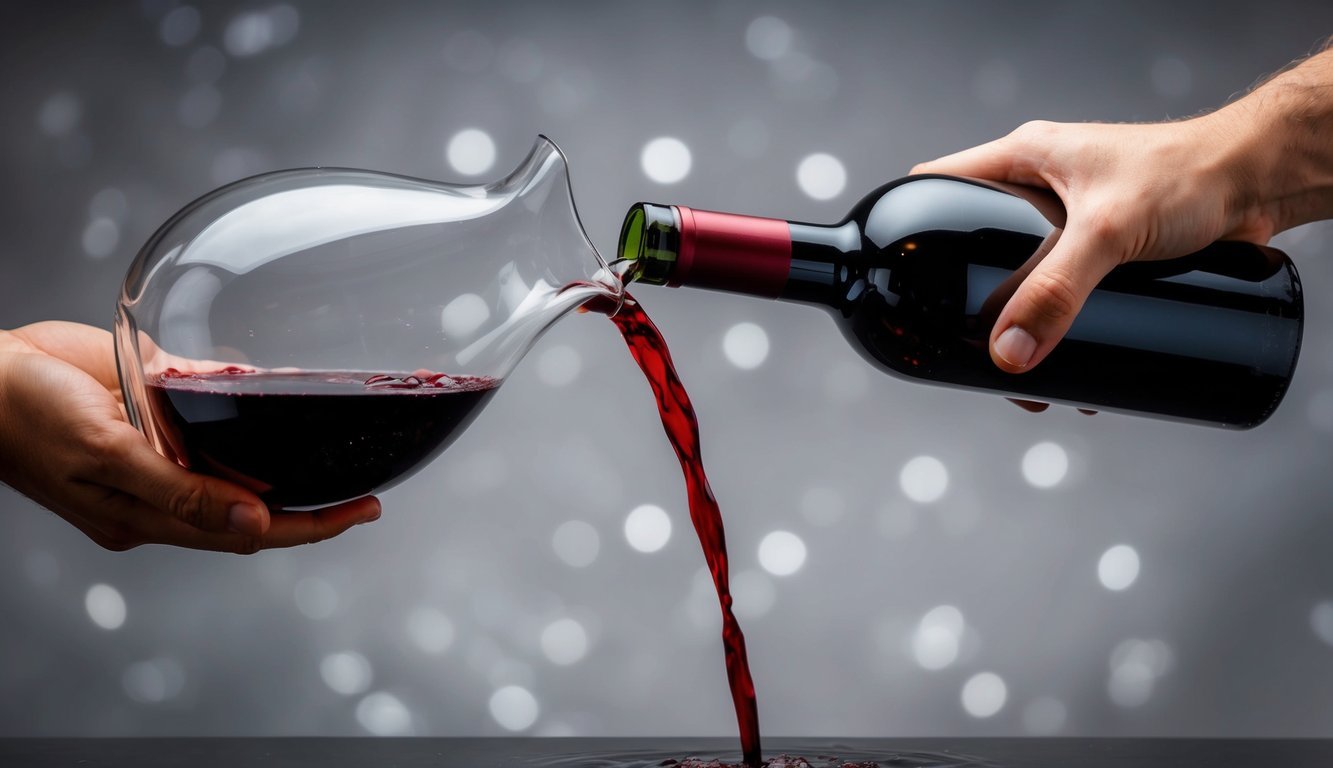
Older wines often develop sediment as they age, which can affect the taste and texture of your pour.
To avoid this, you’ll want to decant these wines before serving.
Start by standing the bottle upright for a few days before opening.
This allows any sediment to settle at the bottom.
When you’re ready to decant, carefully pour the wine into a decanter.
Go slowly and steadily, keeping an eye on the bottle’s neck.
Use a light source like a candle or flashlight behind the bottle to help you spot sediment as you pour.
Stop pouring as soon as you see sediment reaching the neck.
Aim to decant about 30 minutes before serving older wines.
This gives them enough time to breathe without losing their delicate aromas.
Remember, not all wines need decanting.
It’s mainly beneficial for aged reds that have been cellared for over a decade.
For these special bottles, taking the time to decant properly can make a world of difference in your tasting experience.
8) Never fill the wine glass to the top—leave room to swirl
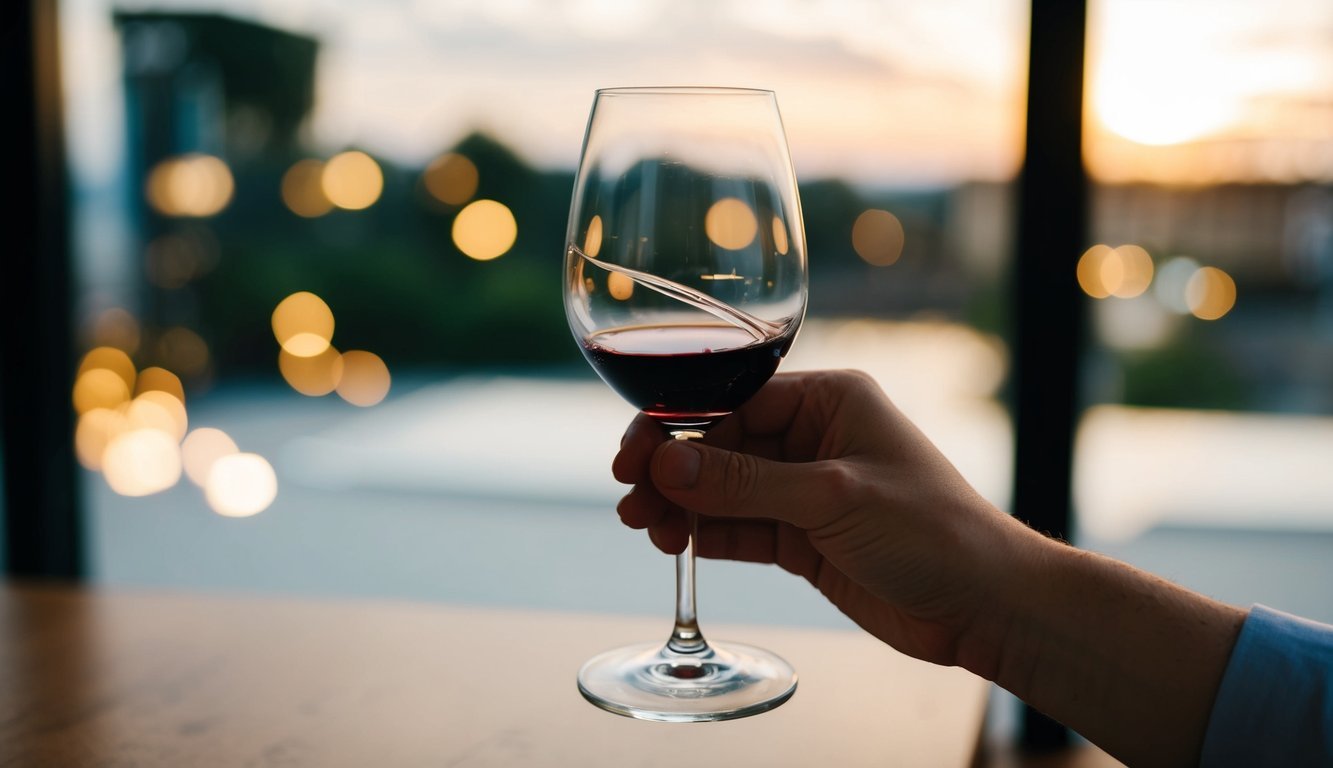
Filling your wine glass to the brim is a surefire way to look like a rookie.
Instead, aim to pour about one-third to one-half of the glass full.
This isn’t just about etiquette—it’s practical too.
Leaving space in the glass allows you to swirl the wine without spilling.
Swirling helps release the wine’s aromas and enhances your tasting experience.
It also lets you appreciate the wine’s color and viscosity.
Different wines have different ideal fill levels.
For red wines, fill only about a third of the glass.
Reds need more room to breathe and develop their flavors.
White wines can be poured a bit higher, but still not to the top.
If you’re unsure, look for the widest part of the glass.
Many wine glasses are designed so that the correct pour aligns with this point.
Remember, it’s always better to under-pour than over-pour.
You can always add more, but you can’t take it back once it’s in the glass.
9) Avoid using flavored lip products that can affect taste
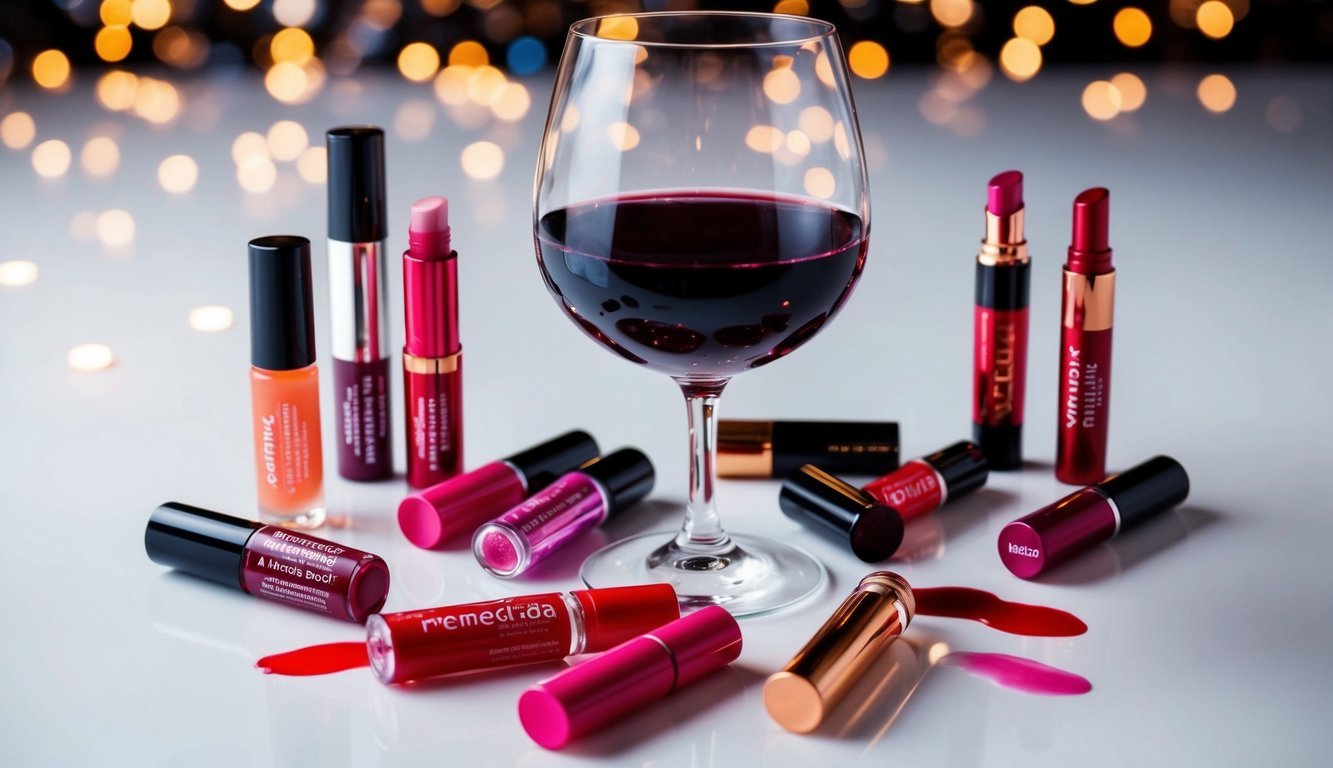
When enjoying wine, it’s best to steer clear of flavored lip balms or glosses.
These products can interfere with your ability to fully appreciate the wine’s complex flavors and aromas.
Even subtle lip product flavors can clash with the wine, altering your perception of its taste.
This can be especially problematic when trying to discern delicate notes in fine wines.
Opt for unflavored, fragrance-free lip balms if you need to moisturize your lips before wine tasting.
Look for products with simple, natural ingredients like petrolatum, mineral oil, or beeswax.
Remember to apply any lip products well before your wine tasting session.
This allows time for the product to absorb, minimizing its impact on your palate.
If you’re prone to dry lips, consider using a gentle lip scrub beforehand to remove any flaky skin.
Follow up with a light layer of unscented balm for smooth, hydrated lips that won’t interfere with your wine experience.
10) Reds can be served slightly chilled on hot days
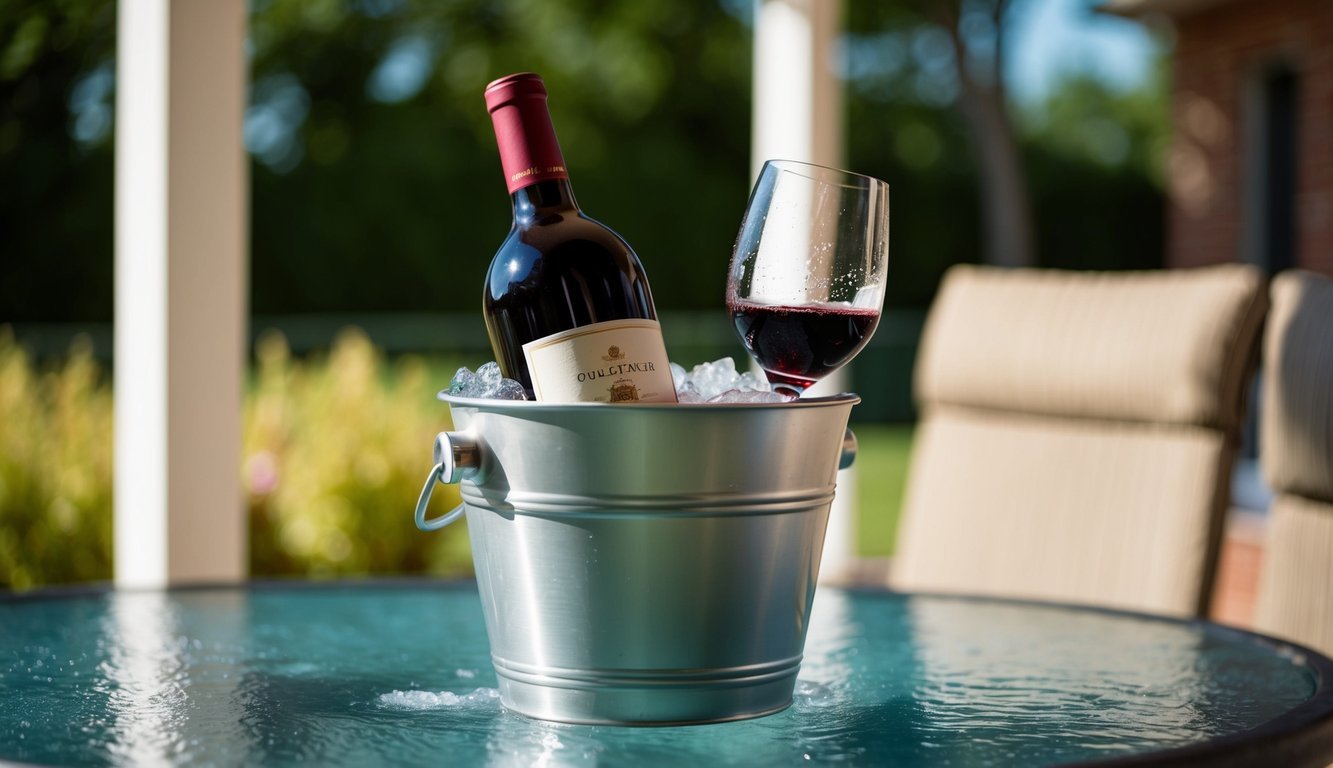
Not all red wines need to be served at room temperature.
On scorching summer days, a slight chill can enhance your red wine experience.
Light-bodied reds like Pinot Noir, Gamay, and Beaujolais benefit most from this treatment.
Pop them in the fridge for about 30 minutes before serving to bring out their refreshing qualities.
For medium-bodied reds such as Merlot or Cabernet Franc, aim for a shorter chill time of 15-20 minutes.
This will help maintain their structure while adding a pleasant coolness.
The ideal serving temperature for chilled reds is around 55-60°F (13-16°C).
This slight cooling can accentuate the wine’s fruit flavors and make it more refreshing on a hot day.
Remember, you’re not aiming for ice-cold wine here.
Excessive chilling can mute flavors and accentuate tannins, so don’t overdo it.
If the wine gets too cold, simply let it warm up in your glass for a few minutes.
Next time you’re enjoying a summer barbecue or picnic, try serving your red wine with a slight chill.
You might be surprised at how much it elevates your drinking experience.
The Importance of Glassware
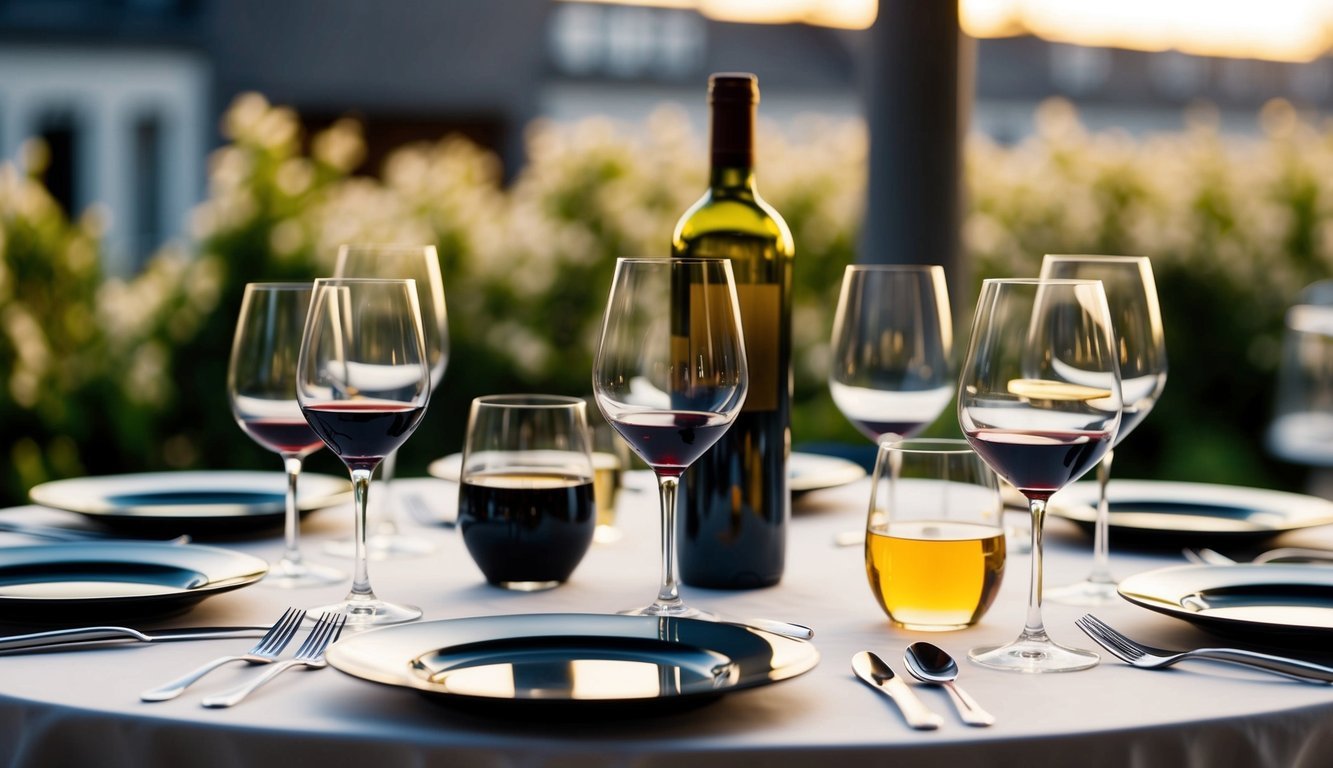
The right glassware can elevate your wine experience, enhancing aromas and flavors.
Proper temperature control and glass shape play crucial roles in bringing out the best in each pour.
Choosing the Right Glass Shape
Different wines shine in specific glass shapes.
Red wines benefit from wider bowls that allow more air contact, releasing complex aromas.
White wines do well in narrower glasses to preserve delicate scents and maintain cooler temperatures.
Champagne flutes keep bubbles lively with their tall, narrow design.
For versatility, opt for a universal glass with a tulip shape – it works well for most wines.
Consider stem length too.
Longer stems let you hold the glass without warming the wine with your hand.
Proper Temperature Matters
Your choice of glassware affects wine temperature, which is key to optimal taste.
Thin crystal conducts heat faster than thick glass, so your wine may warm up quicker.
To keep white wines chilled, use glasses with smaller bowls.
For reds that benefit from warming slightly, choose larger bowls that let you cup the glass.
Stem vs. stemless is more than just style.
Stemmed glasses help maintain temperature by keeping your warm hand away from the wine.
Stemless options are casual and less likely to tip over, but may warm your drink faster.
Deciphering Wine Labels
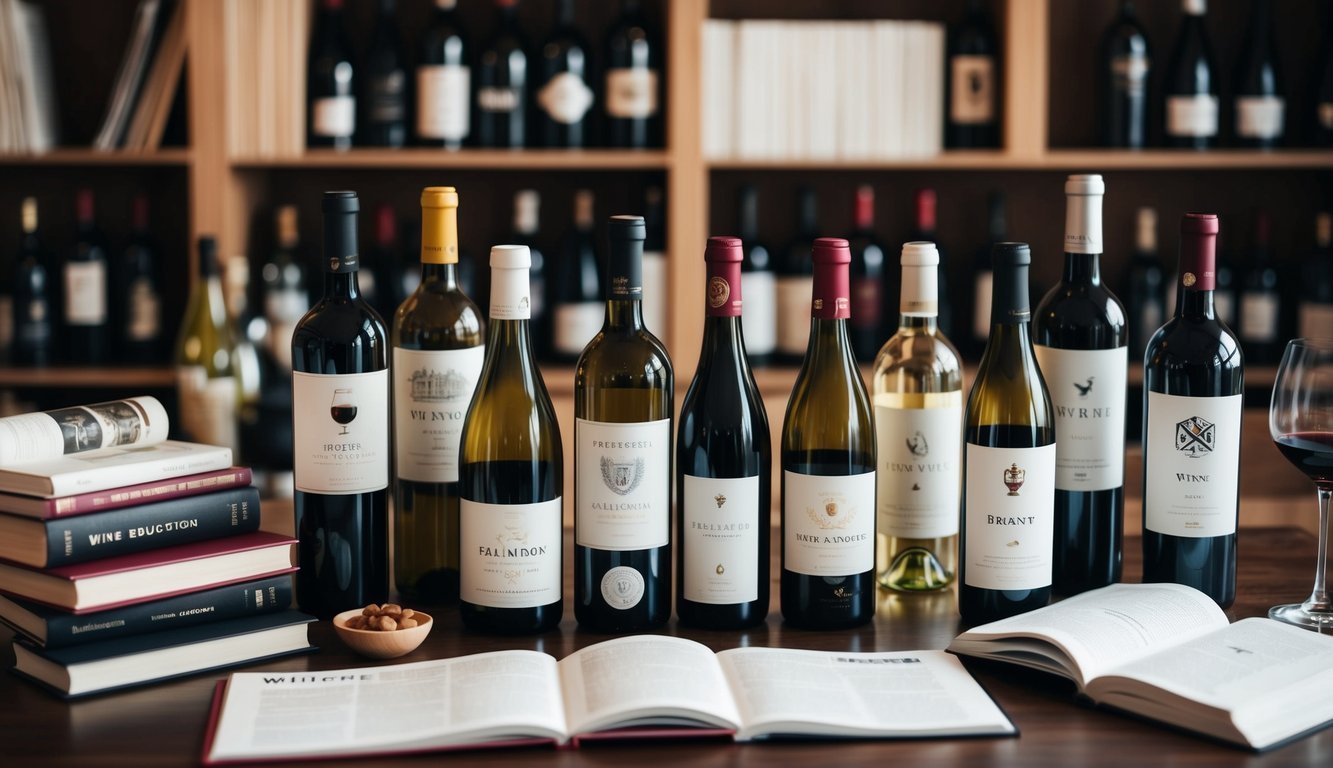
Wine labels contain crucial information that can help you select the perfect bottle.
Learning to interpret these labels will boost your wine knowledge and confidence.
Understanding Vintage Years
Vintage years indicate when the grapes were harvested.
This detail can significantly impact a wine’s taste and quality.
In great growing seasons, wines often have more depth and complexity.
For non-vintage wines, look for “NV” on the label.
These blend grapes from multiple years to maintain a consistent flavor profile.
Port and Champagne frequently use this approach.
When comparing vintages, remember that weather conditions vary by region.
A challenging year in France might be excellent in California.
Recognizing Quality Indicators
Several label elements can hint at a wine’s quality.
Look for the appellation, which specifies where the grapes were grown.
More specific locations often indicate higher quality.
Check for terms like “Reserve” or “Grand Cru,” but be aware their meanings can vary by country.
In Spain, “Reserva” wines must age for at least three years.
Pay attention to the alcohol content.
Higher percentages usually mean riper grapes and fuller-bodied wines.
However, this doesn’t always equate to better quality.
Look for the producer’s name.
Reputable winemakers often deliver consistent quality across their range.

